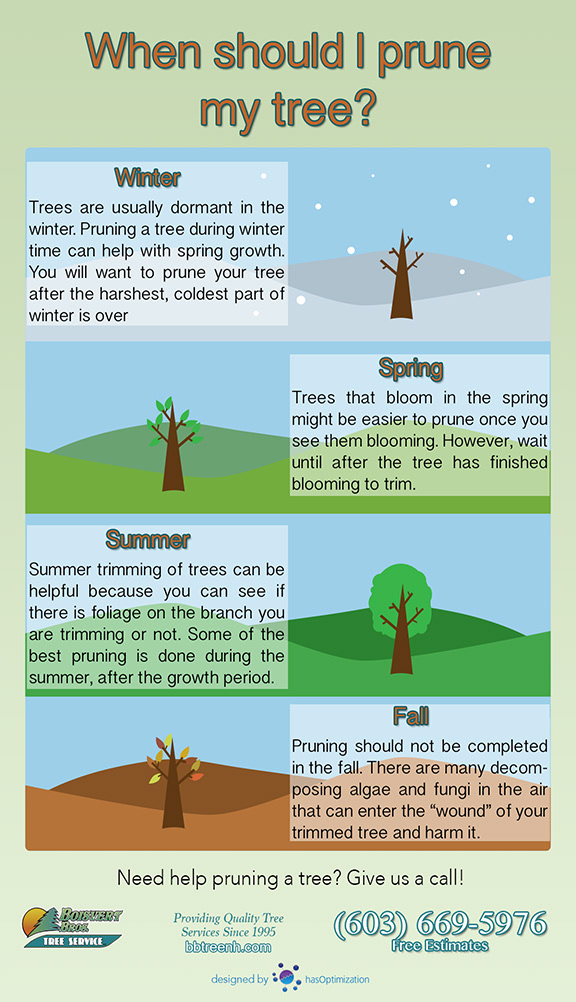Seasonal Tree Upkeep: Guidelines For Dealing With Trees Prior To And After They Are Gotten Rid Of
Seasonal Tree Upkeep: Guidelines For Dealing With Trees Prior To And After They Are Gotten Rid Of
Blog Article
Write-Up Produced By-
When it pertains to seasonal tree care, guaranteeing proper monitoring before and after removal can substantially affect the wellness and visual appeals of your landscape. By understanding the needed actions involved in analyzing tree health and wellness and planning for removal, you can proactively secure your residential property. Yet what concerning https://www.pennlive.com/gardening/2019/09/great-landscaping-ideas-for-regular-people-from-a-design-expert.html to follow once the tree is gone? Stay tuned to uncover the crucial post-removal care measures that will assist you grow a growing and lasting atmosphere for your trees.
Pre-Removal Tree Care
Prior to addressing the removal of a tree, it's vital to focus on pre-removal tree care. Start by evaluating the tree's health and structural integrity. Look for indicators of illness, bug infestations, or any kind of architectural problems that might posture a security danger during removal. It's vital to seek advice from a certified arborist to establish the most effective course of action.
Pruning dead or unhealthy branches can prevent additional damages to the tree and ensure a smoother removal process.
In addition, take into consideration the environmental effect of eliminating the tree. free tree cutting service near me play a vital role in our environment, so planting a new tree in an appropriate location can help counter any kind of loss. Make sure that you have the required authorizations and permissions for tree removal, specifically if the tree is safeguarded by local guidelines.
Seasonal Maintenance Tips
Evaluating your tree's demands throughout the year is necessary for its wellness and long life. To maintain your trees in top condition, adhere to these seasonal upkeep tips.
In springtime, focus on pruning to get rid of dead or broken branches and urge brand-new growth.
Summertime calls for routine watering, specifically during dry spells, to ensure your tree remains hydrated.
As fall techniques, watch out for very early indicators of disease or stress, and consider applying compost to safeguard the origins during wintertime.
In winter, beware when removing snow from branches to prevent damage, and remain to monitor your tree's overall health.
Keep in mind to change your care routine based upon the specific demands of your tree species and local climate. By remaining alert and proactive throughout the seasons, you can help your trees thrive and grow for several years ahead.
Post-Removal Tree Treatment
To make sure the health of your landscape even after tree removal, correct post-removal care is vital. After a tree is gotten rid of, it's crucial to fill the remaining opening with topsoil and portable it to avoid settling. This will help keep the integrity of the ground and protect against potential dangers in the future.
Consider planting new vegetation in place of the removed tree to restore the balance and looks of your landscape. On a regular basis water the area to promote the development of new plants and avoid soil disintegration.
Evaluate the surrounding trees for any indications of condition or tension that may have been triggered by the eliminated tree. Watch out for insects that could've been attracted to the previous tree and take preventive measures to shield the remaining greenery.
If needed, speak with a professional arborist to analyze the impact of the elimination on the bordering trees and establish any kind of added treatment required. By adhering to these post-removal treatment steps, you can make certain the continued wellness and elegance of your landscape.
Final thought
Finally, aggressive seasonal tree treatment is important for preserving the wellness and equilibrium of your landscape. By analyzing tree health, trimming, and consulting with an arborist prior to elimination, you can make certain a safe process. After removal, filling up the hole, planting new greenery, and normal watering will certainly promote new development and avoid disintegration. Keep in mind to check surrounding trees for disease and look for further treatment actions from an arborist to maintain your landscape growing.
